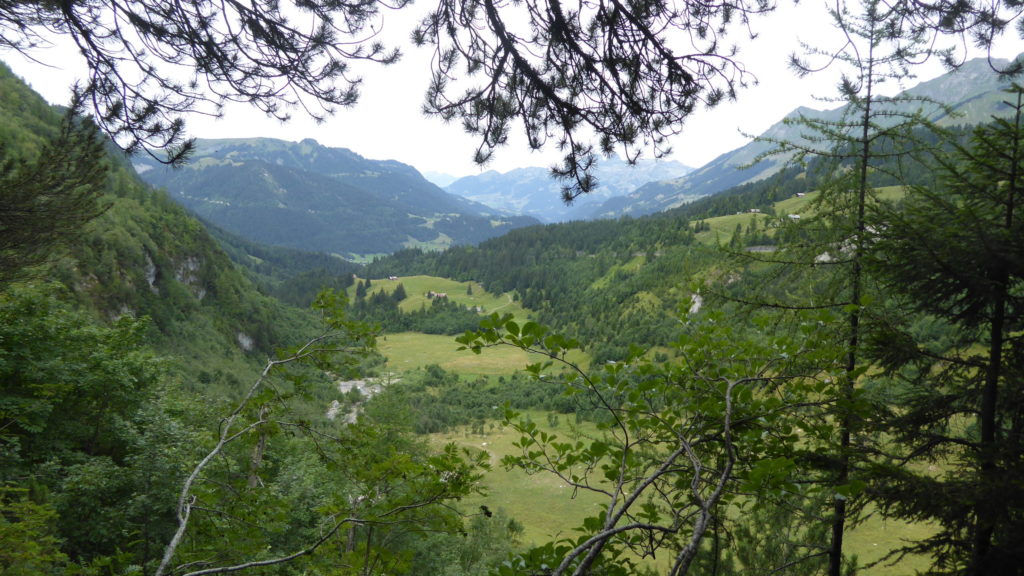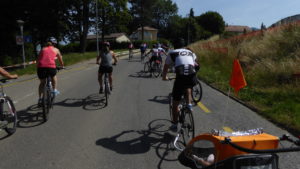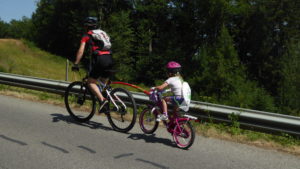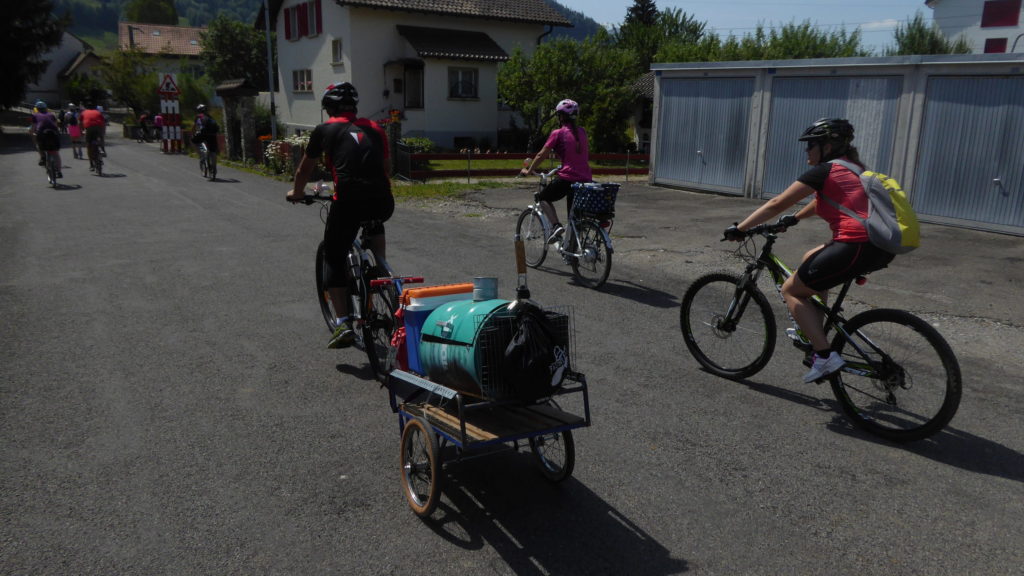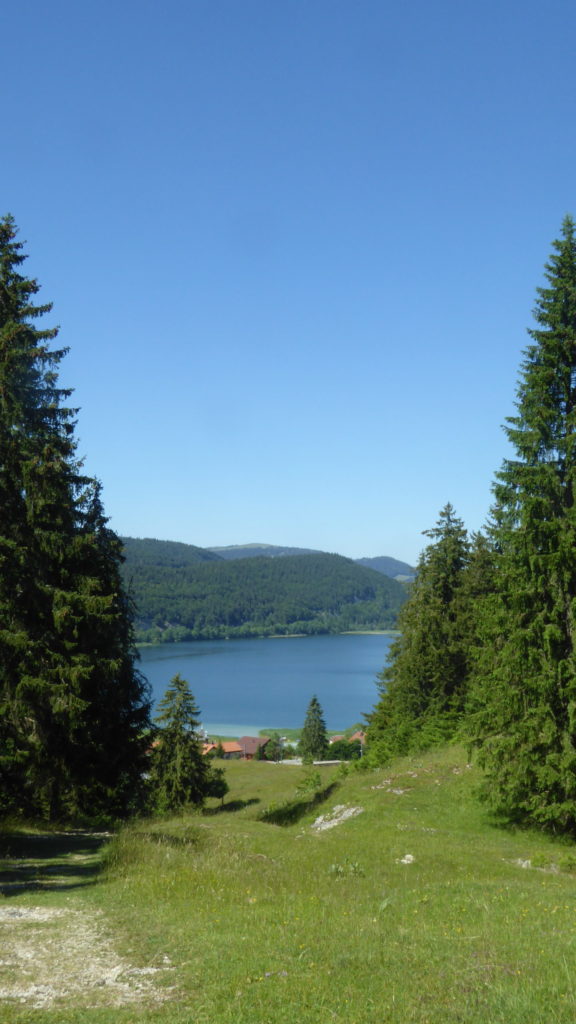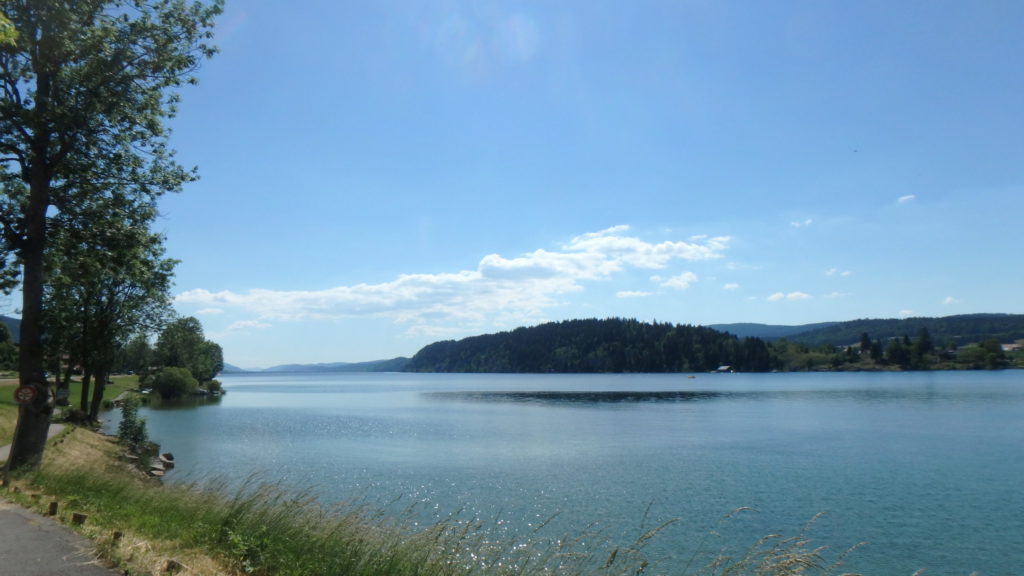Social networks and project collaboration
Jacques Yves Cousteau’s documentaries would have done well in the social media age, especially if the social media age moved away from profit and money. Imagine that social media companies such as Facebook and twitter were Not For Profit Organisations and imagine that instead of having advertisers they had sponsors. The quality of content and discussion would increase and the time wasting element that so many people worry about would be gone.
Alexandra Cousteau, grand daughter of Jacques Yves Cousteau is on twitter and she shares articles related to conservation and related topics. Not for profit organisations such as MSF and UN organisations such as the United Nations Development program all share content and articles that provide their followers with valuable resources for bringing conversations forward.
Social networks should be seen as anything but a waste of time. Their purpose would be to find clients, to find collaborators and to find mentors. In having these three resources finding new projects, employment and collaboration opportunities would increase. We would eliminate viral videos, tabloid content and keep high value, high return on investment prospects. Rather than PR and marketing specialists flooding our timelines with emotional but useless content we would have high value content worth responding too.
The aim would be to demonstrate our strengths in a high brow environment where conversations are possible and encouraged. From the time I was ten years old I have lived in the international community, between school, where I worked, university and more. As a result friends are distributed around the world rather than driving distance. Imagine that this network stopped seeing social networks as tabloid as commercial and a waste of time and instead saw them as useful work tools.
For me this is nothing new. When I was in London when twitter was in it’s infancy and when facebook too was in it’s infancy I saw both social networks as networking tools. I met hundreds of people via both networks and I continue to do this today but at a less efficient pace than I would like.
The aim would be that for every four or five days of social media use I would get two or three in person meetings with people to discuss projects and collaborations. I would also like to be inspired and encouraged to work on specific projects.
The Game Ingress by Niantic labs is a perfect example of what I would like to see within a professional context. Through the game Ingress I have met people in Paris, Fribourg, Lausanne and Geneva to mention just a few. If I go to Paris on the 22nd I can meet agents. If I follow mission days or First Saturdays then I can meet people in a number of cities. I mention this because although ingress is not a professional network it is still a project network. It requires geographically based teams to collaborate to achieve goals. If we could distribute that kind of network for documentary production and collaboration then employability and familiarity would both benefit.
It’s a shame that with all of the communication tools we have today we see social networks such as facebook and twitter as PR and marketing tools rather than collaboration and relationship tools. I have web designers, musicians, camera operators, writers, journalists, photographers, fundraisers, financial analysts and digital analysts as friends on Facebook and yet it is hard to see what people are working on. Imagine social networks that are optimised to benefit from your existing network.


